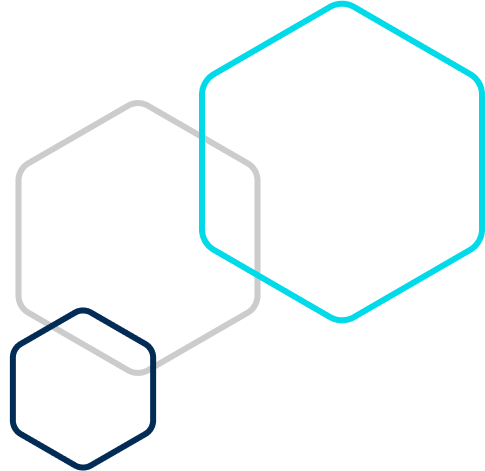Curated on
November 30, 2023
Large language models (LLMs) have transformed the way we process language data, but they struggle with long text sequences, often hitting a context limit that hinders their performance. To address this, a collaborative team from Meta AI, MIT, and Carnegie Mellon University has developed StreamingLLM, a technique that extends the context capability of LLMs significantly, maintaining high performance without necessitating extensive compute and memory resources. This innovation is especially pertinent for applications requiring processing of extensive text sequences. LLMs typically work within a predetermined context length, such as the Llama-2 model's 4,000-token limit. Attempts to extend this limit—either by modifying architecture or implementing a sliding window—come with steep computational costs or loss in model quality. StreamingLLM circumvents these issues by introducing a new method that preserves 'attention sinks'—initial tokens that receive disproportionate attention regardless of their relevance to the task—in the KV (key-value) cache. This brilliant maneuver allows the model to maintain recall of an extended text length, while avoiding the need to recompute the entire KV cache, thus conserving computational power and resources.
The practical applications of the StreamingLLM technique are far-reaching. Not only does it enable the extension of language models' text processing to millions of tokens, but it also maintains the inferencing speed and quality of output. Researchers have shown that models employing StreamingLLM, such as Llama-2, Falcon, and Pythia, can handle these extensive sequences without sacrificing performance. What's more, the code for StreamingLLM has been made public, which allows it to be integrated into existing language models used by developers and organizations. This integration could significantly enhance the functionality of existing models, making them more versatile and powerful. The open-source nature of this innovation also ensures a rapid adoption across various NLP applications, maintaining the ethos of community-driven advancement in the field.




